
What are Baseball Position Numbers? Sports Domain Lab
Baseball Position Abbreviations. In addition to the baseball position numbering system each defensive position also has an abbreviated version that is often used on lineup cards and in scorekeeping. Here is a list of baseball positions and what their abbreviation is. Pitcher (1) = P. Catcher (2) = C. First Baseman (3) = 1B.
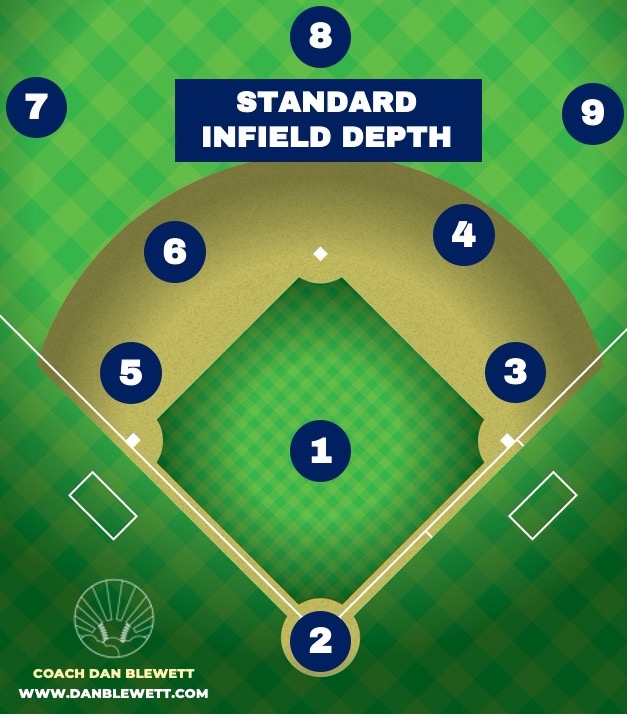
Graphics of Every Baseball Infield Defense w/Explanations
Here are the numbers that correspond to each defensive position on the field: 1 - Pitcher 2 - Catcher 3 - First Baseman 4 - Second Baseman 5 - Third Baseman 6 - Shortstop 7 - Left Fielder 8 - Center Fielder 9 - Right Fielder Non-defensive designations you will see on baseball lineup cards or in the score book:

Pin on Baseball season
Most professional and college baseball fields have a right and left foul pole which are about 440 to 500 feet (130 to 150 m) apart. [4] These poles are at the intersection of the foul lines and the respective ends of the outfield fence and, unless otherwise specified within the ground rules, lie in fair territory.

MLB Official Info Baseball Basics Score
For stat-keeping purposes, every baseball position on the field has a corresponding number. Those numbers form a shorthand for scorekeepers, who can easily record something like a groundout to third base or a flyout to right field with just two numbers. The baseball position numbers are only important when scoring the defensive side of the ball.
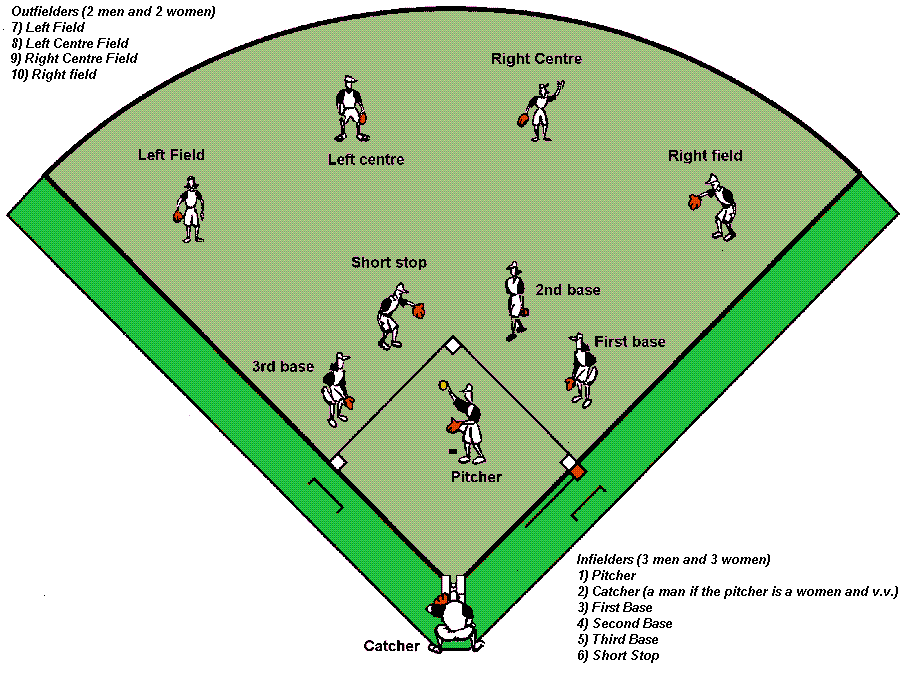
Softball information PE Tamixa
There are nine numbered positions on a baseball field. The numbers are most typically used, rather than writing the player's name or the name of the position, when keeping a scorecard. Here is the list of baseball positions by number: Baseball Positions by Number 1. Pitcher (P) 2. Catcher (C) 3. 1st Base (1B) 4. 2nd Base (2B) 5. 3rd Base (3B) 6.

Baseball Numbers ubicaciondepersonas.cdmx.gob.mx
Position 6 in the baseball numbering system is known as the shortstop, abbreviated as SS. The shortstop occupies a space between the third and second bases, shading mainly towards the second base. When the batter hits the ball towards the right of the field, the shortstop covers the second base while the second baseman goes for the shot.

FileBaseball.jpg Wikipedia
Top 5 Facts You Need to Know About East Cobb Baseball Field Numbers. Baseball is a beloved sport among Americans and has been played for over a century. The game has evolved over the years, with modern technology transforming it into a high-tech sporting event. One essential aspect of the game that often goes overlooked is baseball field numbers.
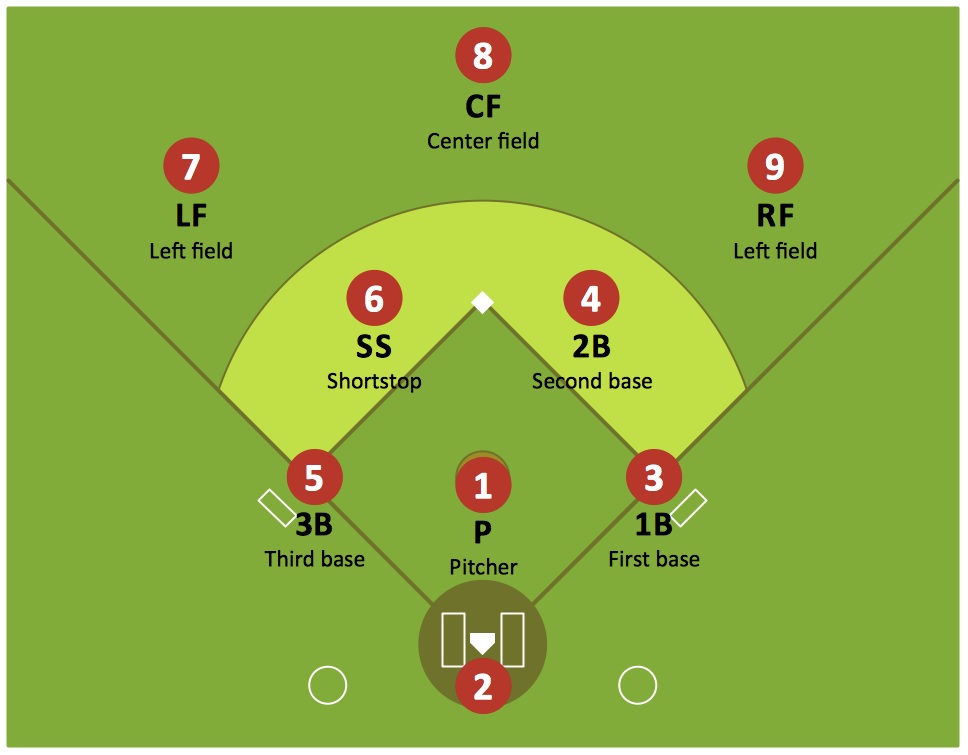
Le Baseball Histoire et règles de jeu
First Baseman (1B) is fielder #3 Second Baseman (2B) is fielder #4 Shortstop (SS) is fielder #6 Third Baseman (3B) is fielder #5 Left Fielder (LF) is fielder #7 Center Fielder (CF) is fielder #8 Right Fielder (RF) is fielder #9 CHARTS: Basic Infield Positioning

Baseball Positions Diagram Cliparts.co
The ball circumference is also different. Nine inches is baseball's circumference, whereas softball's circumference is 9 inches. Following are the field dimensions for the 43/60 softball field. Girls & Boys- 10U: Play with 55 feet base distance and 35 feet pitching distance for both fastpitch and slowpitch.
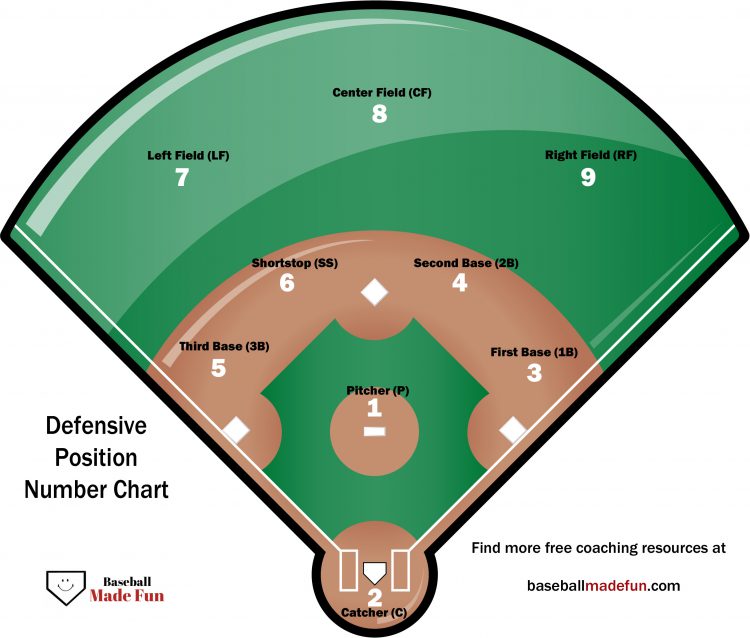
Baseball Terms Every Baseball Mom Should Know That Baseball Mom
Left Fielder is shown as 7 Center Fielder is shown as 8 Right Fielder is shown as 9 A visual of the position numbers and abbreviations used in baseball. Why They Are Important As mentioned, these numbers are important to know for a variety of reasons.

Shaded Baseball And Numbers Rhinestone Design PreCut Temp
The use of baseball field numbers has evolved over time. In the early days of baseball, there were no standardized numbers on the field. Teams used whatever numbers they had available, including painted rocks or pieces of wood. It wasn't until the late 1800s that standardized numbers were introduced. The first standardized numbers were.
.jpg)
FileBaseball (crop).jpg Wikipedia
First Base Second Base Third Base Shortstop Left Field Center Field Right Field Therefore, when the shortstop fields a ground ball and throws the runner out at first, it is a six—three putout. Easy enough, right? But when multiple players handle the baseball and several outs occur on one play, it can get a little confusing.

The 9 Baseball Positions A Complete Guide Numbers, Body Types
The numbers range from 1 to 9, with each number representing a specific position on the field. For example, according to sites such as Sports Domain Lab, the number 1 represents the pitcher, while the number 9 represents the right fielder.
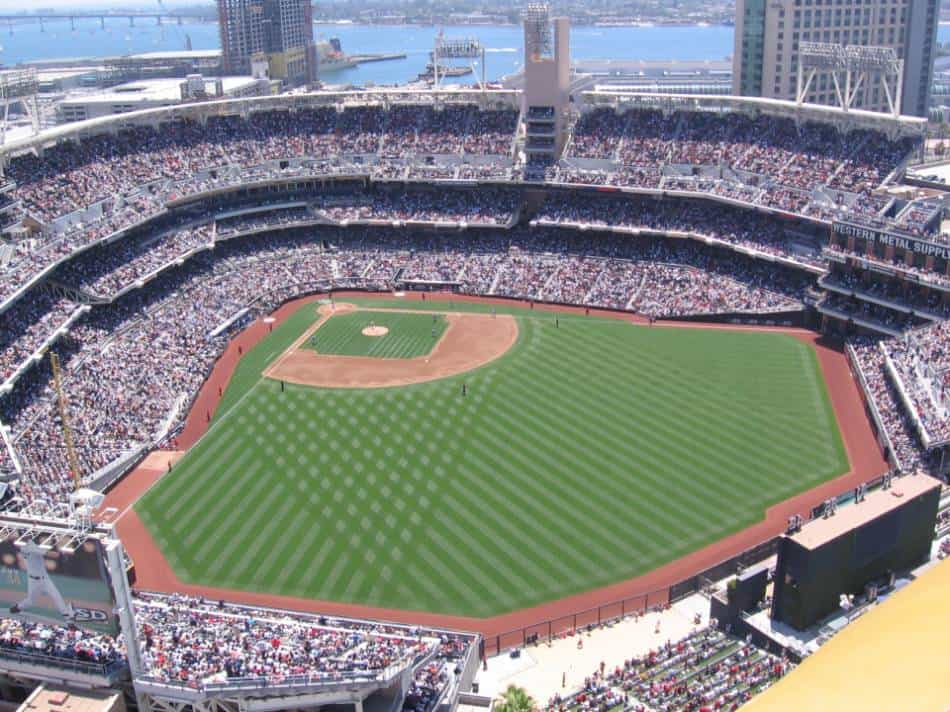
What Are Position Numbers in Baseball? A Guide to Shorthand Coaching Kidz
The 9 Baseball Positions Explained. 1. Pitcher. (Notable Pitchers: Clayton Kershaw, Justin Verlander, Nolan Ryan, Corey Kluber, and Aroldis Chapman.) The pitcher is the defensive player that starts every individual play. They are positioned on the pitching mound and must be touching the rubber to deliver a pitch.

Baseball Positions by Number baseball.tools
There are nine fielding positions in total in the game. Baseball positions by number by numerical order is: Pitcher (P) Catcher (C) First Base (1B) Second Base (2B) Third Base (3B) Shortstop (SS) Left Field (LF) Center Field (CF) Right Field (RF)
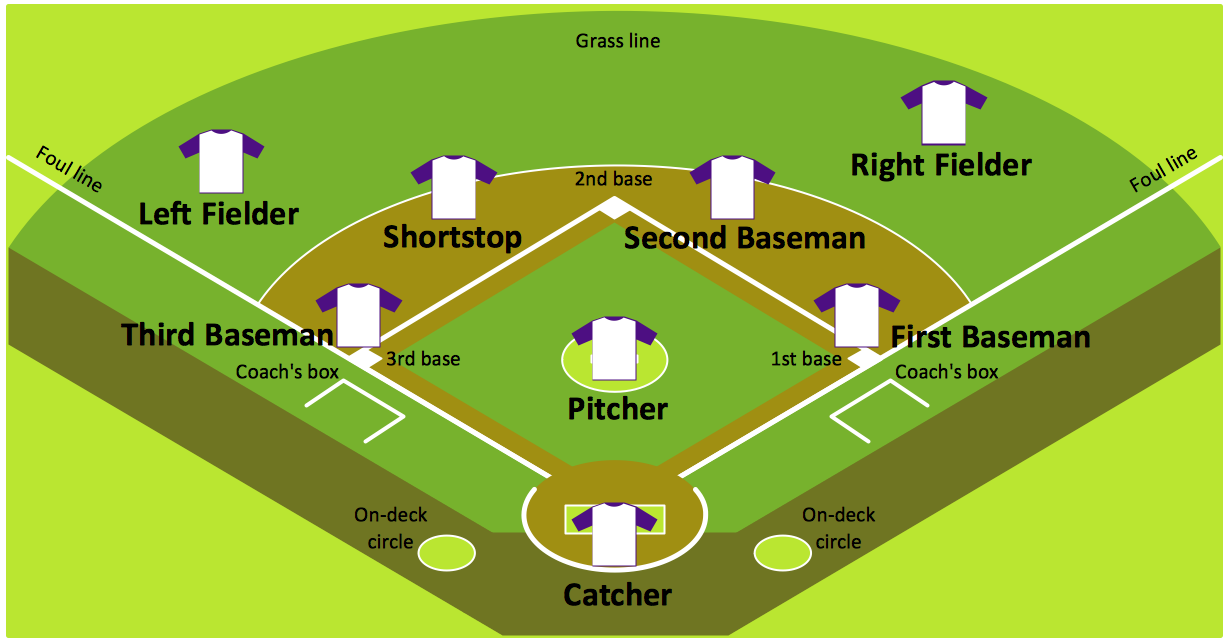
Baseball Diamond Diagram Visual Diagram
The diagram below depicts the numbers for each position on a baseball or softball field. Baseball Positions by Number Pitcher (P) Catcher (C) First Base (1B) Second Base (2B) Third Base (3B) Shortstop (SS) Left Field (LF) Center Field (CF) Right Field (RF)